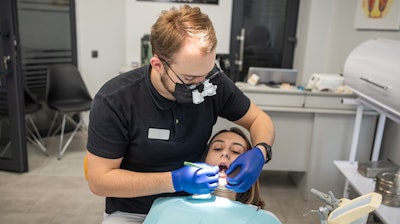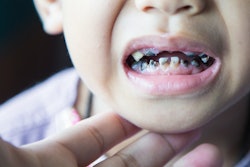
The ADA has released its first restorative clinical guideline for the removal of tooth decay.
An expert panel of dentists developed the guideline following an extensive review of nearly 300 published studies. The panel advises that using conservative methods to treat tooth decay in primary and permanent teeth can lead to better outcomes when used with common restorative materials like fillings or caps, for instance.
"While research had already confirmed that selectively removing decayed tissue is an effective approach to treating early tooth decay, dentists needed an evidence-based guideline to provide them with a range of treatment choices for patients with moderate to advanced tooth decay, lead author Dr. Vineet Dhar, PhD, chair of orthodontics and pediatric dentistry at the University of Maryland School of Dentistry and a member of the ADA Council on Scientific Affairs, said in a news release.
The guideline was published in the July issue of the Journal of the American Dental Association. It contains 16 recommendations regarding the treatment of moderate and advanced tooth decay in primary and permanent teeth that have not received endodontic treatment, such as a root canal.
Additionally, it indicates that conservative carious tissue removal (CTR), in which a dentist removes infected tissue while preserving as much of the original tooth structure as possible, is less likely to result in adverse outcomes like nerve exposure or a failed filling.
The recommendations also identify selective CTR as an effective treatment option in most cases of moderate or advanced decay in primary and permanent teeth. This method involves removing most, but not all, of the decayed tissue before sealing the tooth with a filling or cap. The bacteria left behind under the new filling or cap no longer has what it needs to multiply, which stops tooth decay, according to the panel.
Additionally, the guideline affirms the efficacy of the most common restorative materials for treating moderate or advanced tooth decay, such as tooth-colored fillings, silver-colored fillings (amalgam), or preformed caps in children. It suggests specific materials for primary and permanent teeth depending on the extent of the decay.
"These recommendations can now inform restorative care strategies in the U.S. and on a global level,” Dhar said.



















